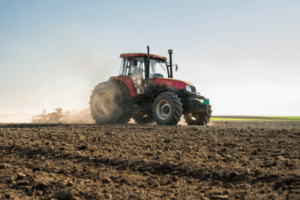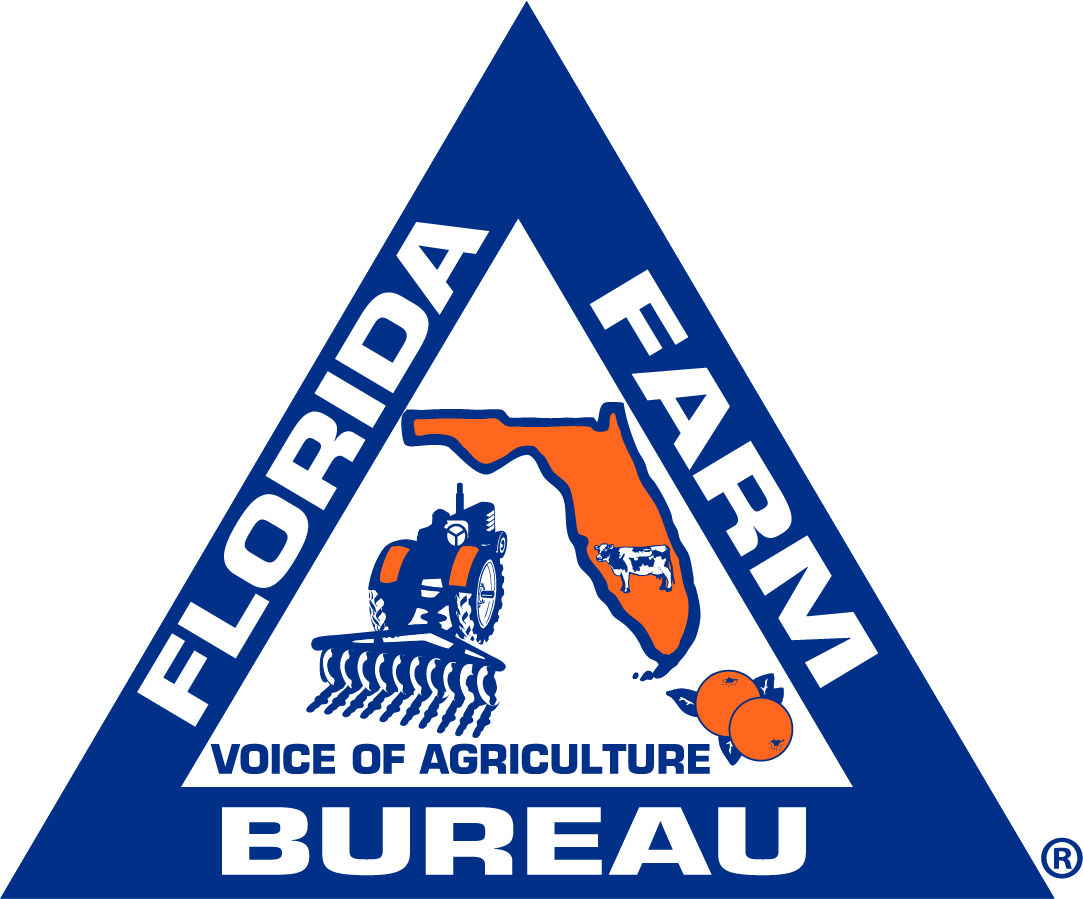March 2024
The U.S. Department of Agriculture’s (USDA) National Agricultural Statistics Service (NASS) announced the results of the 2022 Census of Agriculture, spanning more than 6 million data points about America’s farms and ranches and the people who operate them down to the county level. The information collected directly from producers shows a continued decline in the total number of Florida farms.
However, the data also show a rise in the number of new and beginning (operating 10 or fewer years on any farm) producers in Florida. The full Census of Agriculture report as well as publication dates for additional ag census data products can be found at nass.usda.gov/AgCensus. Ag census data can also be found in NASS’s searchable online database, Quick Stats.
“We are pleased to provide updated Census of Agriculture data to all those who serve U.S. agriculture, especially the producers who gave their time to complete the questionnaire. Census of Agriculture data tell a story. This comprehensive snapshot every five years helps data users to see trends and shifts in the industry over time and helps producers do business,” said NASS Administrator Hubert Hamer. “Overall, though there are always changes across U.S. agriculture, the data remain largely consistent with the previous ag census. Data users will also notice some new data on the topics of hemp, precision agriculture, and internet access.”
 Ag census data provide valuable insights into demographics, economics, land use and activities on Florida farms and ranches such as:
Ag census data provide valuable insights into demographics, economics, land use and activities on Florida farms and ranches such as:
- There were 44,703 farms in Florida, down 2,887 farms from 2017 with an average size of 217 acres (up 6.4%) on 9.7 million acres of farmland, down slightly from 2017.
- Family-owned and operated farms accounted for 76.4% of all Florida farms and operated 39.5% of the total land in farms.
- Florida farms produced $10.2 billion in agricultural products, up from $7.4 billion in 2017. With farm production expenses of $8.5 billion, Florida farms had net cash income of $2.4 billion. Average net farm income rose to $52,669. A total of 29.7% of Florida farms had positive net cash farm income in 2022.
- Florida farms with internet access continued to rise from 76.3% in 2017 to 79.8% in 2022. • A total of 2,431 Florida farms used renewable energy producing systems compared to 2,041 farms in 2017, an 19.1% increase. The majority of Florida farms (93.5%) with renewable energy systems reported using solar panels.
- In 2022, there were 2,941 Florida farms that sold directly to consumers, with sales of $38.5 million. Value of sales increased 3.7% from 2017.
- The 1,615 farms with sales of $1 million or more represented 3.6% of Florida farms and 37.8% of farmland; they sold 82.0% of all agricultural products in Florida. The 36,478 Florida farms with sales of less than $50,000 accounted for 81.6% of farms, 25.0% of farmland, and 2.3% of sales in Florida.
- The average age of all Florida producers was 59.5, up 0.6 years from 2017 and 1.4 years greater than the U.S. average age of 58.1 years old.
- There were 26,834 Florida farmers with 10 or fewer years of experience, an increase in the number of beginning farmers from 2017 of 8.5%. Beginning farmers in Florida are on average 8.9 years younger than all farmers, with an average age of 50.6.
- The number of Florida producers under age 35 was 5,211, comprising 6.6% of all Florida producers. The 4,051 Florida farms with young producers tend to be larger than average in acres and average sales.
- The 32,472 female producers accounted for 41.0% of all Florida producers. Over 65.1% of all Florida farms had at least one female decision maker.
The national response rate for the 2022 Census of Agriculture was 61%; more than 40% of responses were submitted online. Ag census data highlight publications are available at nass.usda.gov/Publications/Highlights.
First conducted in 1840 in conjunction with the decennial Census and conducted since 1997 by USDA NASS – the federal statistical agency responsible for producing official data about U.S. agriculture – the Census of Agriculture remains the most comprehensive agricultural data for every state and county in the nation.

